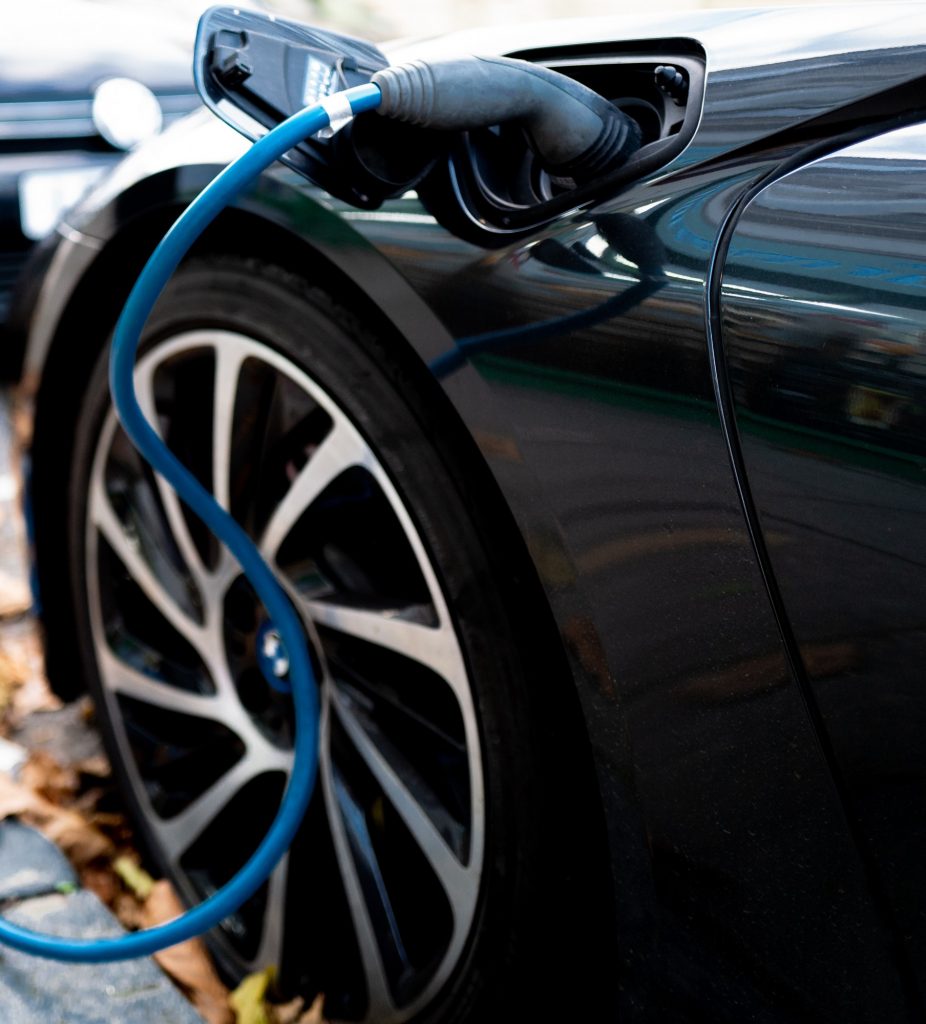How Many Types of Electric Vehicle Are There?
The electric vehicle (EV) industry has seen much growth over the last decade, and with it have come many changes. Many EVs today offer power and performance equal to, and often exceeding, that of fuel-based cars, with the added benefits of technical advances and being more eco-friendly. As EVs become more mainstream with increased demand, so too are there more vehicle types. If you are planning on using an EV or doing any EV training you need to know these types and how they function. Discussed below are the three main kinds of EV out there.

Battery Electric Vehicles (BEV)
BEVs are powered entirely by rechargeable electric batteries with no fuel engine. The battery powers the entire vehicle, from the motor to the onboard electronics. Being fully powered by electricity, BEVs do not emit polluting emissions like those from fuel or diesel-based vehicles. In place of fuel, you charge BEVs via external sources or EV charging stations. The level of charger will determine how long you need to charge for. Home chargers take the longest, while DC charging stations can fully charge BEVs in less than an hour. Notable BEVs include the Nissan Leaf, Tesla’s range of models (S, X, 3, etc) and the BMW i3.
Hybrid Electric Vehicles (HEV)
HEVs combine traditional fuel-based technology with the electric power of BEVs. HEVs use a conventional combustion engine combined with an electric propulsion system. The electric motor is used first, then switches to the fuel engine once a certain load or speed is reached. As such, the HEV uses both fuel and electrical charges, and is designed to reduce the amount of fuel used rather than eliminate it entirely. The battery is not charged from an external source as with BEVs, but internally through the engine and regenerative braking systems. Notable HEVs include the Toyota Prius, the Kia Niro and the Hyundai Ioniq.
Plug-in Hybrid Electric Vehicle (PHEV)
PHEVs combine the same fuel and electric based systems as HEVs. The main difference is that you can charge them with an external source as well as internally. PHEVs have a larger battery and electric motor compared to HEVs, and so can go further on a charge before needing to switch to fuel. This effectively extends the vehicle’s performance while also potentially saving on fuel usage. Some notable PHEVs include the BMW 300e, Volkswagen Golf GTE and the Mercedes-Benz E300e.
EINTAC for EV Training
As the EV industry continues to grow, it makes sense to know how to maintain and repair them. At EINTAC we offer a range of EV training courses that will teach you how to maintain, repair and service EVs. Whether you are looking at becoming a technician, providing roadside repairs or becoming handy in the next car race, we will teach you all you need to repair EVs safely and professionally. To find out more about our options and courses, contact us online or via phone.